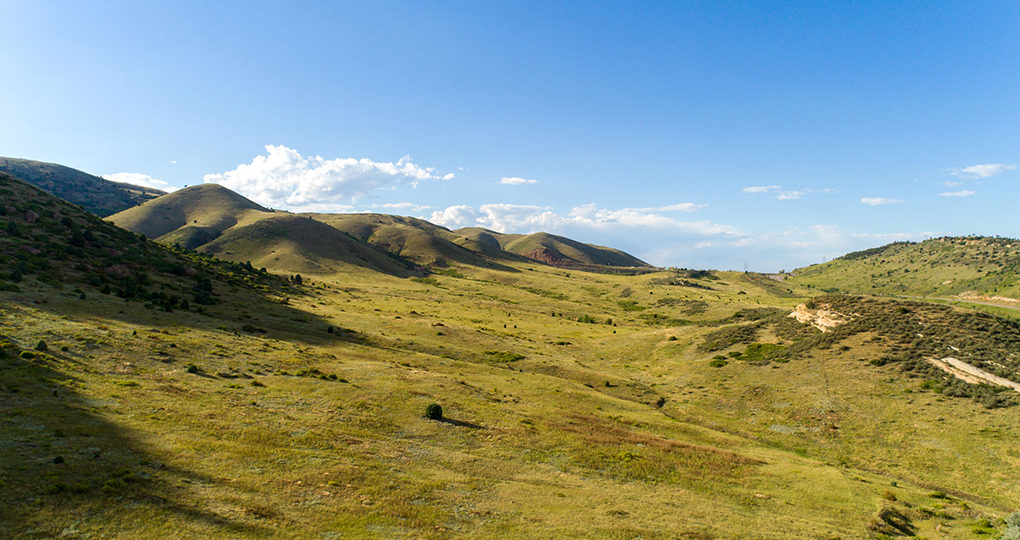Excellent alpaca adventures package and holiday tricks and tips in Denver, Colorado: Additionally, if you love seeing and interacting with animals, an alpaca farm provides a hands-on experience. You can hand-feed your new friends a healthy snack and hang out with them while they provide amusing entertainment. It provides you with the chance to interact with the ranch: Most people don’t know a lot about alpacas before they visit the ranch. Alpacas originate from South America, and they’ve been brought to Colorado over the last several decades. The climate of Colorado is perfect for the alpaca, so they’re content living on ranches in Denver. When you go behind the scenes on the ranch, you learn about much more than just the animals. You have the opportunity to talk about the economy, trade, production, local handmade goods, and so much more. Discover more details on alpaca adventures in Denver, Colorado.
Alpaca fur is a very prized fiber for artisans and crafters. Alpaca fur is very soft and does not retain water. It is also very durable. According to National Geographic, alpaca fur is the second strongest animal fiber, after mohair. Alpacas come in 22 colors, from a true, blue-black through browns and tans to white, according to Alpaca Ventures. Some Andean people eat alpaca meat. In Peru, it is often served in upscale restaurants. Alpacas don’t have teeth in the top-front of their mouths. This gives them the appearance of having an underbite.
Are alpacas easy to care for? Alpacas are a small and relatively easy livestock to maintain. They stand about 36′ high at the withers (where the neck and spine come together) and weigh between 120 to 200 pounds. Like other types of livestock, alpacas need basic shelter and protection from heat and foul weather. Good nutrition is essential for healthy animals. Hay, minerals, and fresh clean water should be available at all times. Many alpaca owners also provide a nutritional supplement. Under a veterinarian’s direction, alpacas need vaccinations, preventive medication, and deworming. Alpacas also require yearly shearing to keep them cool in the summer. Alpacas do not have hooves; instead they have two toes, with hard toenails on top and a soft pad on the bottom of their feet. Their padded feet minimize the impact on the pasture. To ensure proper foot alignment and comfort, their toenails must be trimmed as needed.
The main difference between the breeds is the length and fineness of the wool-like fiber, according to the Food and Agriculture Organization of the United Nations (FAO). The Suri have very long fibers (“silky dreadlocks,” according to Alpaca Ventures), while the Huacaya have a more compact “crimpy” fleece, with shorter fibers. Guanacos are slightly larger than alpacas and much larger than vicuñas, but they are smaller and less heavily built than llamas, according to the University of Michigan’s Animal Diversity Web (ADW). Alpacas are the smallest members of the camel family. The average height at the shoulder is 3 feet (91.4 centimeters), according to Switzer. They are 4 to 7 feet (120 to 225 cm) long and weigh 121 to 143 lbs. (55 to 65 kilograms). By comparison, the llama stands almost 4 feet (1.2 m) at the shoulder and weighs from 286 to 341 lbs. (130 to 155 kg). Camels grow to 6.5 feet (2 m) and weigh from 880 to 1,325 lbs. (400 to 600 kg), according to the San Diego Zoo.
The alpaca comes in two breed types: huacaya (pronounced wuh-KAI-ya) and suri (SUR-ee). Huacayas, the more common type, account for about 85-90% of all alpacas. The two breed types vary primarily in terms of their fiber. How long do alpacas live? Generally, around 15 to 20 years. The longest documented lifespan of an alpaca is 28 years. How are alpacas different from llamas? People often confuse alpacas with llamas. While closely related, llamas and alpacas are very different animals. Llamas are much larger, about twice the size of an alpaca, with a weight range of 250 to 450 pounds. Alpacas weigh between 120 to 200 pounds. Llamas are primarily used for packing or for guarding herds of sheep or alpacas, whereas alpacas are primarily raised for their soft and luxurious fleece.
Are you planning a trip to the Mile High City? Most people pack their itinerary with a Colorado Rockies baseball game, a concert at Red Rocks Park and Amphitheater, and a hike at Rocky Mountain National Park in addition to all of Denver’s museums and botanical gardens. Yet, if you’re looking for an off-the-beaten-path adventure, you can’t miss an alpaca experience. Over the last several decades, Denver has become home to these gorgeous animals because Colorado’s arid climate mimics that of their native habitat. Find extra details on https://meetalpacas.com/.
So what do you DO with these animals? Alpacas are raised for their soft and luxurious fleece (fiber). Each shearing produces roughly five to ten pounds of fleece per animal, per year. This fleece, often compared to cashmere, can be turned into a wide array of products from yarn and apparel to tapestries and blankets. The fleece itself is recognized globally for its fineness, softness, light weight, durability, excellent thermal qualities, and luster.



